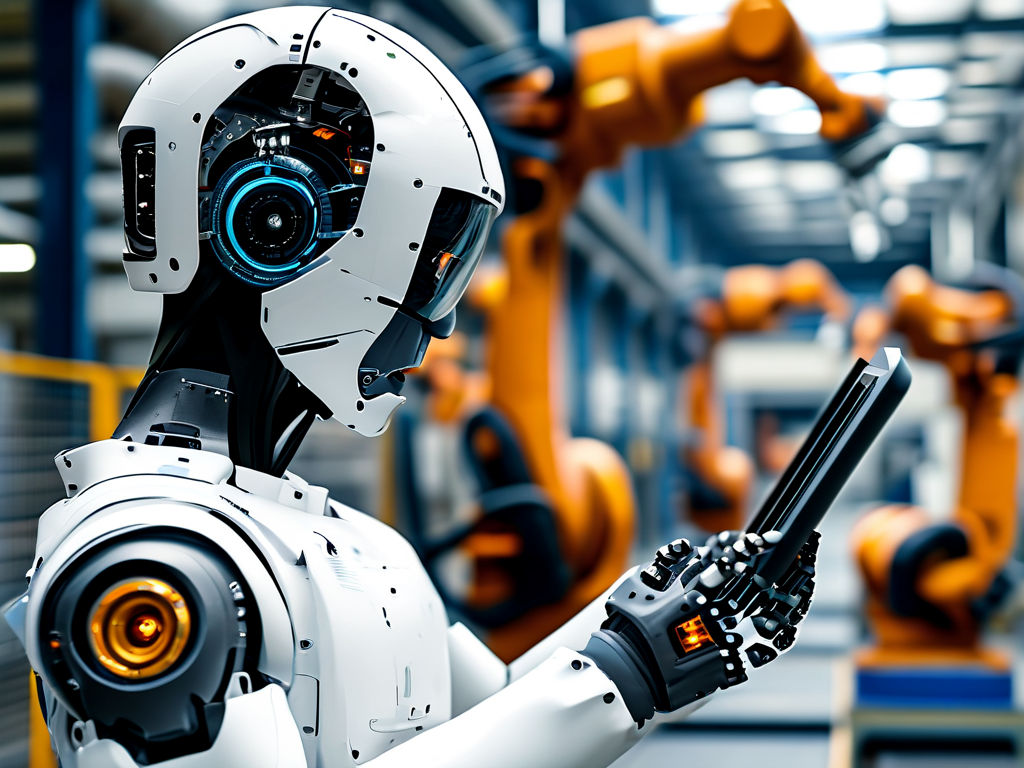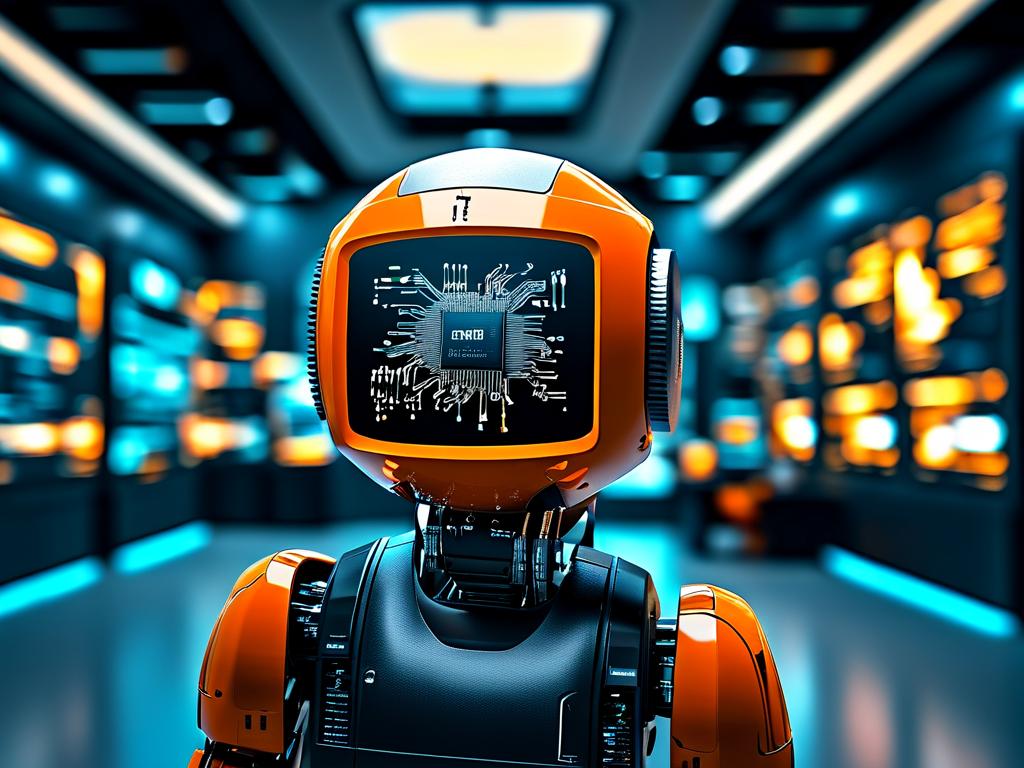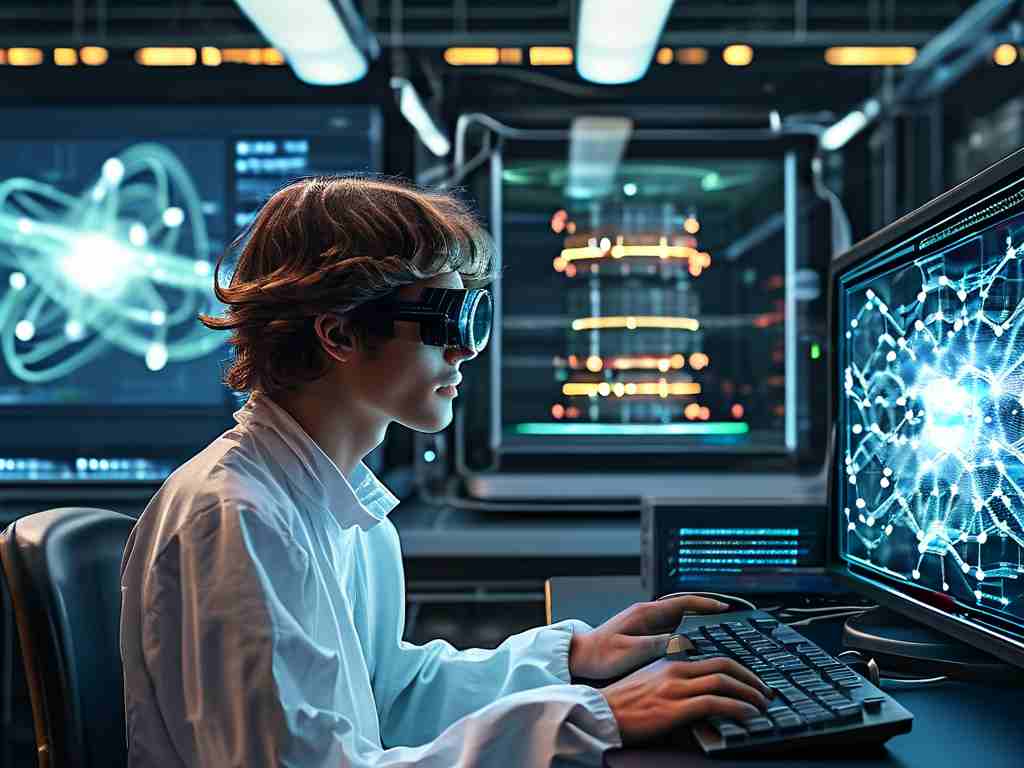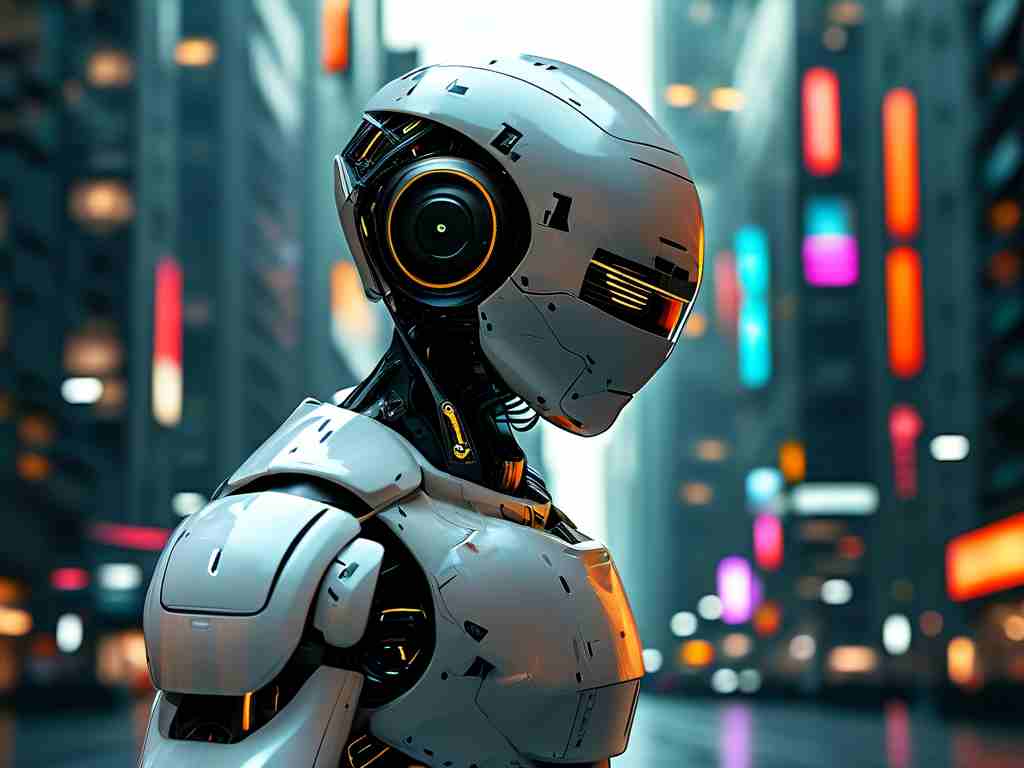The rapid evolution of industrial robotics continues to reshape manufacturing landscapes, driven by innovations in automation, artificial intelligence (AI), and collaborative systems. In a recent interview with Dr. Elena Marquez, a leading robotics engineer at AutomateX Technologies, key trends and challenges in the field were explored, offering a glimpse into the future of industrial automation.

Human-Robot Collaboration: Breaking New Ground
One of the most transformative developments, according to Dr. Marquez, is the rise of collaborative robots (cobots). Unlike traditional industrial robots confined to safety cages, cobots are designed to work alongside humans. "The integration of force-sensing technology and real-time adaptive algorithms allows cobots to detect human presence and adjust their movements instantaneously," she explained. This shift is particularly impactful in sectors like automotive assembly, where precision and flexibility are paramount.
A notable example is AutomateX’s recent deployment of cobots at a European electric vehicle plant. These robots assist workers in battery module installation—a task requiring millimeter-level accuracy. By reducing repetitive strain on human workers and minimizing errors, the project reported a 34% increase in production efficiency within six months.
AI-Driven Predictive Maintenance
Another critical advancement lies in predictive maintenance systems powered by machine learning. Industrial robots generate vast amounts of operational data, which AI models analyze to predict component failures before they occur. "This isn’t just about avoiding downtime," Dr. Marquez emphasized. "It’s about optimizing the entire lifecycle of robotic systems, from calibration to retirement."
For instance, AutomateX partnered with a semiconductor manufacturer to implement AI-driven maintenance in cleanroom environments. By monitoring vibration patterns and thermal signatures, the system flagged anomalies in robotic arms used for wafer handling, preventing a potential $2.8 million loss from unplanned outages.
Challenges in Standardization and Integration
Despite progress, interoperability remains a hurdle. Industrial robots from different manufacturers often operate on proprietary software, complicating integration into unified workflows. Dr. Marquez highlighted ongoing efforts by the International Federation of Robotics (IFR) to establish open communication protocols. "Standardization will unlock seamless multi-brand robot coordination, which is essential for smart factories," she said.
Additionally, workforce adaptation poses challenges. As robots take on more complex roles, upskilling employees becomes urgent. AutomateX addresses this through augmented reality (AR) training modules that simulate robot programming scenarios. Early adopters, such as a Japanese aerospace supplier, reduced training time by 50% while improving retention rates.
Sustainability and Ethical Considerations
The interview also touched on environmental impacts. Modern robots are increasingly energy-efficient, with some models consuming 40% less power than predecessors. However, Dr. Marquez cautioned against overlooking the ecological footprint of robot production. "Recycling rare-earth metals from decommissioned units is a priority," she noted. AutomateX recently launched a pilot program to recover neodymium from robotic motors, aiming for a closed-loop supply chain by 2030.
Ethical concerns, particularly job displacement fears, were also addressed. "Robots aren’t replacing humans—they’re handling hazardous or monotonous tasks," Dr. Marquez asserted. Data from the International Labour Organization supports this: regions with high robot density, like Germany and South Korea, have seen manufacturing employment stabilize as workers transition to supervisory or technical roles.
The Road Ahead: 5G and Edge Computing
Looking forward, Dr. Marquez identified 5G and edge computing as game-changers. Ultra-low latency networks enable real-time remote control of robots in challenging environments, such as offshore oil rigs or disaster zones. Meanwhile, edge computing allows robots to process data locally, reducing reliance on cloud systems. "This is crucial for industries requiring data sovereignty, like defense and healthcare," she added.
In one groundbreaking application, AutomateX collaborated with a mining company to deploy 5G-connected robots for underground inspections. These robots transmit high-resolution sensor data to surface operators, enhancing safety while cutting inspection costs by 60%.
The interview with Dr. Marquez underscores a pivotal moment for industrial robotics. As technologies converge—from AI to 5G—the focus shifts from mere automation to intelligent, adaptive systems. Yet, success hinges on addressing integration barriers, fostering workforce resilience, and prioritizing sustainability. For manufacturers, the message is clear: embracing these innovations isn’t optional—it’s imperative to remain competitive in an increasingly automated world.









